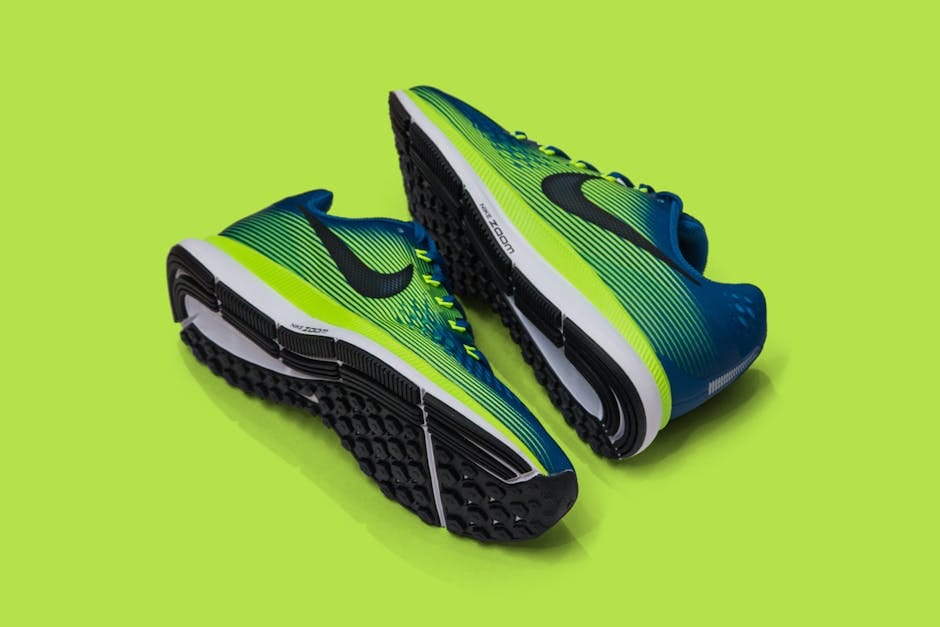The Evolution of Sneakers: From Sportswear to Streetwear
Sneakers have come a long way from their original function as athletic footwear. Today, they are a staple in the fashion industry and a symbol of cultural identity. This blog post delves into the fascinating evolution of sneakers, tracing their journey from sportswear to streetwear. We’ll explore key milestones, influential brands, and the cultural impact of this iconic footwear.
The Early Days: Sneakers as Sportswear
The history of sneakers dates back to the late 19th century when rubber-soled shoes, known as plimsolls, were introduced. These early versions lacked the comfort and style of modern sneakers but were revolutionary for their time.
The Rise of Athletic Sneakers
In the early 20th century, the need for specialized athletic footwear led to the creation of brands like Converse and Keds. Converse launched the iconic Chuck Taylor All-Star in 1917, which became the standard basketball shoe for decades. Similarly, Keds introduced the first mass-marketed canvas-top sneaker in 1916.
The 1970s: The Birth of Modern Sneaker Culture
The 1970s marked a significant turning point in the evolution of sneakers. This decade saw the advent of running shoes designed for both professional athletes and casual joggers. Brands like Nike, Adidas, and Puma began to innovate with new technologies and designs.
Nike and the Air Sole Technology
In 1978, Nike introduced the Tailwind, the first shoe to feature the groundbreaking Air Sole technology. This innovation revolutionized athletic footwear by providing better cushioning and support, setting the stage for the brand’s dominance in the sneaker market.
The 1980s: Sneakers Enter Pop Culture
The 1980s was a transformative decade for sneakers as they moved beyond sports and into mainstream culture. This period saw the rise of hip-hop music and breakdancing, both of which played a crucial role in popularizing sneakers as fashion statements.
The Air Jordan Phenomenon
One of the most significant events in sneaker history was the release of the Air Jordan 1 in 1985. Endorsed by NBA superstar Michael Jordan, the Air Jordan line became a cultural phenomenon, transcending its athletic origins to become a coveted fashion item.
The 1990s: Sneakers as Status Symbols
During the 1990s, sneakers continued to gain prominence as status symbols and fashion accessories. High-profile collaborations between sneaker brands and celebrities or designers became increasingly common, further elevating the status of sneakers in popular culture.
Collaborations and Limited Editions
The 1990s saw the emergence of limited-edition sneakers and high-profile collaborations. Nike collaborated with artists like Tinker Hatfield to create iconic designs, while Adidas teamed up with fashion designers like Yohji Yamamoto. These collaborations not only boosted sales but also solidified the cultural cachet of sneakers.
The 2000s: The Sneaker Resale Market
The 2000s witnessed the rise of the sneaker resale market, driven by the growing demand for limited-edition and rare sneakers. Platforms like eBay and specialized sneaker marketplaces became popular, enabling sneaker enthusiasts to buy and sell coveted pairs at premium prices.
The Role of Social Media
Social media platforms like Instagram and Twitter played a crucial role in the sneaker resale market. Sneakerheads used these platforms to showcase their collections, share news about upcoming releases, and connect with fellow enthusiasts. The influence of social media further fueled the hype around sneakers.
The 2010s: Sneakers as High Fashion
In the 2010s, sneakers fully transitioned into the realm of high fashion. Luxury brands like Gucci, Balenciaga, and Louis Vuitton began incorporating sneakers into their collections, blurring the lines between streetwear and high fashion.
The Influence of Streetwear Culture
Streetwear culture, characterized by its casual and edgy aesthetic, played a significant role in elevating the status of sneakers. Brands like Supreme, Off-White, and A Bathing Ape (BAPE) collaborated with major sneaker companies to create highly sought-after designs that often sold out within minutes of release.
The Future of Sneakers: Sustainability and Innovation
Looking ahead, the future of sneakers is likely to be shaped by sustainability and technological innovation. As consumers become more environmentally conscious, sneaker brands are exploring eco-friendly materials and manufacturing processes.
Sustainable Sneaker Initiatives
Brands like Adidas and Nike have launched initiatives to reduce their environmental impact. Adidas’ Parley collection, made from recycled ocean plastic, and Nike’s Move to Zero campaign, aimed at achieving zero carbon and zero waste, are examples of the industry’s shift towards sustainability.
Technological Advancements
Technological advancements are also set to revolutionize the sneaker industry. Innovations like 3D printing, smart fabrics, and self-lacing technology are being explored to create more functional and customizable sneakers. Nike’s Adapt line, featuring self-lacing technology, is a glimpse into the future of sneaker design.
Conclusion
The evolution of sneakers from sportswear to streetwear is a testament to their enduring appeal and versatility. From their humble beginnings as functional athletic shoes to becoming cultural icons and high-fashion staples, sneakers have carved out a unique place in the fashion landscape. As the industry continues to innovate and adapt to changing consumer preferences, the future of sneakers promises to be as exciting and dynamic as their storied past.
Whether you’re a sneakerhead, a fashion enthusiast, or simply someone who appreciates comfortable footwear, the world of sneakers offers something for everyone. So, lace up your favorite pair and step into the ever-evolving world of sneakers.
Shop AMIclubwear for great deals on sexy boots
